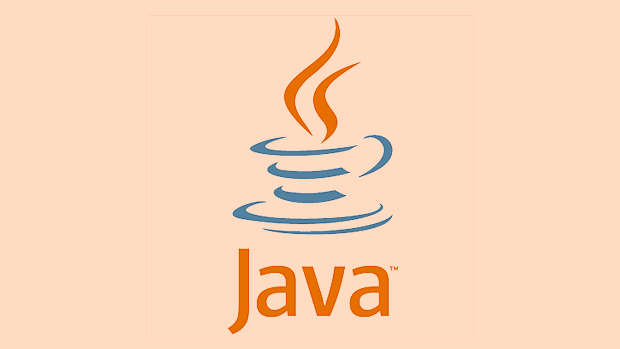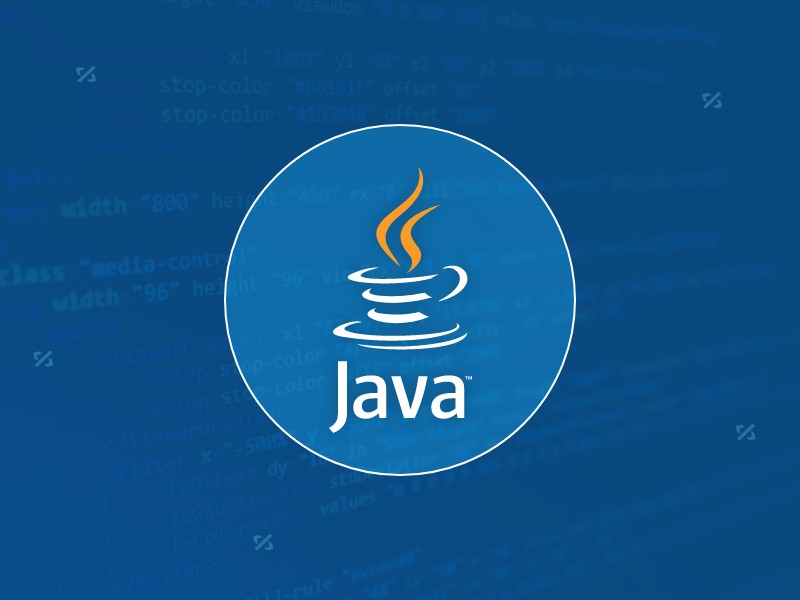HashMap handles collisions mainly through chain storage. When multiple keys are mapped to the same index, they will be stored in the linked list or tree at that location. 1. HashMap uses hashCode() method to calculate the hash value of the key and determine the index in the array through internal logic; 2. When different keys produce the same index, they use the linked list to link conflicting items; 3. In Java 8 and above, if the linked list length exceeds 8, it will automatically convert to a red and black tree to improve performance; 4. When the number of elements exceeds the product of the load factor and capacity, HashMap will double the capacity and reassign all entries, reducing the probability of collision but bringing certain performance overhead.

HashMap in Java handles collisions using a method called chaining . When two or more keys hash to the same index, their entries are stored in a linked list (or a tree in newer versions of Java) at that index. This way, even if multiple keys colleague, they can still be stored and retrieved correctly.

How Hashing Works in HashMap
Before diving into collision resolution, it's important to understand how hashing works in HashMap:

- Each key object has a
hashCode()method that returns an integer. - HashMap uses this hash code and applies its own internal logic (like rehashing) to determine the index in the internal array where the entry should go.
- Since different keys can produce the same index after this calculation, collisions are inevitable.
So, HashMap needs a reliable way to store and retrieve entries when collisions occur.
Chaining with Linked Lists and Trees
Java's HashMap uses chaining as its main strategy for handling collisions. Here's how it works:

- Each bucket in the HashMap's internal array holds a linked list of entries that map to the same index.
- When a new key-value pair hashes to an index that already has an entry, it gets added to the linked list at that index.
- During a
get()operation, HashMap uses the key'sequals()method to traverse the list and find the correct entry.
Starting from Java 8 , if a bucket becomes too large (default threshold is 8), the linked list is converted into a balanced tree (red-black tree) to improve performance. This helps reduce the time complexity from O(n) for a linked list to O(log n) for a tree in case of many collisions.
What Happens During Resizing?
When the number of entries in the HashMap exceeds the product of the load factor and the current capacity, the HashMap resizes itself:
- It doubles the size of the internal array.
- All existing entries are rehashed and moved to new appropriate buckets based on the updated array size.
This process helps maintain performance by reducing the likelihood of collisions and keeping the linked lists (or trees) short.
A few things to note:
- Resizing is an expensive operation because all entries must be rehashed.
- However, it doesn't happen very often due to the exponential growth pattern.
- Choosing an appropriate initial capacity can help minimize resizing operations.
Key Points to Remember
- HashMap uses chaining with linked lists (and trees for high-collision buckets).
- The
equals()andhashCode()methods of keys play a critical role in ensuring correct storage and retrieval. - Treeification happens when a bucket grows beyond a certain size.
- Resizing improves efficiency but comes with a performance cost.
Basically that's it.
The above is the detailed content of How does HashMap collision resolution work in Java?. For more information, please follow other related articles on the PHP Chinese website!

Hot AI Tools

Undress AI Tool
Undress images for free

Undresser.AI Undress
AI-powered app for creating realistic nude photos

AI Clothes Remover
Online AI tool for removing clothes from photos.

Clothoff.io
AI clothes remover

Video Face Swap
Swap faces in any video effortlessly with our completely free AI face swap tool!

Hot Article

Hot Tools

Notepad++7.3.1
Easy-to-use and free code editor

SublimeText3 Chinese version
Chinese version, very easy to use

Zend Studio 13.0.1
Powerful PHP integrated development environment

Dreamweaver CS6
Visual web development tools

SublimeText3 Mac version
God-level code editing software (SublimeText3)

Hot Topics
 Difference between HashMap and Hashtable?
Jun 24, 2025 pm 09:41 PM
Difference between HashMap and Hashtable?
Jun 24, 2025 pm 09:41 PM
The difference between HashMap and Hashtable is mainly reflected in thread safety, null value support and performance. 1. In terms of thread safety, Hashtable is thread-safe, and its methods are mostly synchronous methods, while HashMap does not perform synchronization processing, which is not thread-safe; 2. In terms of null value support, HashMap allows one null key and multiple null values, while Hashtable does not allow null keys or values, otherwise a NullPointerException will be thrown; 3. In terms of performance, HashMap is more efficient because there is no synchronization mechanism, and Hashtable has a low locking performance for each operation. It is recommended to use ConcurrentHashMap instead.
 What are static methods in interfaces?
Jun 24, 2025 pm 10:57 PM
What are static methods in interfaces?
Jun 24, 2025 pm 10:57 PM
StaticmethodsininterfaceswereintroducedinJava8toallowutilityfunctionswithintheinterfaceitself.BeforeJava8,suchfunctionsrequiredseparatehelperclasses,leadingtodisorganizedcode.Now,staticmethodsprovidethreekeybenefits:1)theyenableutilitymethodsdirectly
 How does JIT compiler optimize code?
Jun 24, 2025 pm 10:45 PM
How does JIT compiler optimize code?
Jun 24, 2025 pm 10:45 PM
The JIT compiler optimizes code through four methods: method inline, hot spot detection and compilation, type speculation and devirtualization, and redundant operation elimination. 1. Method inline reduces call overhead and inserts frequently called small methods directly into the call; 2. Hot spot detection and high-frequency code execution and centrally optimize it to save resources; 3. Type speculation collects runtime type information to achieve devirtualization calls, improving efficiency; 4. Redundant operations eliminate useless calculations and inspections based on operational data deletion, enhancing performance.
 What is an instance initializer block?
Jun 25, 2025 pm 12:21 PM
What is an instance initializer block?
Jun 25, 2025 pm 12:21 PM
Instance initialization blocks are used in Java to run initialization logic when creating objects, which are executed before the constructor. It is suitable for scenarios where multiple constructors share initialization code, complex field initialization, or anonymous class initialization scenarios. Unlike static initialization blocks, it is executed every time it is instantiated, while static initialization blocks only run once when the class is loaded.
 What is the Factory pattern?
Jun 24, 2025 pm 11:29 PM
What is the Factory pattern?
Jun 24, 2025 pm 11:29 PM
Factory mode is used to encapsulate object creation logic, making the code more flexible, easy to maintain, and loosely coupled. The core answer is: by centrally managing object creation logic, hiding implementation details, and supporting the creation of multiple related objects. The specific description is as follows: the factory mode handes object creation to a special factory class or method for processing, avoiding the use of newClass() directly; it is suitable for scenarios where multiple types of related objects are created, creation logic may change, and implementation details need to be hidden; for example, in the payment processor, Stripe, PayPal and other instances are created through factories; its implementation includes the object returned by the factory class based on input parameters, and all objects realize a common interface; common variants include simple factories, factory methods and abstract factories, which are suitable for different complexities.
 What is the `final` keyword for variables?
Jun 24, 2025 pm 07:29 PM
What is the `final` keyword for variables?
Jun 24, 2025 pm 07:29 PM
InJava,thefinalkeywordpreventsavariable’svaluefrombeingchangedafterassignment,butitsbehaviordiffersforprimitivesandobjectreferences.Forprimitivevariables,finalmakesthevalueconstant,asinfinalintMAX_SPEED=100;wherereassignmentcausesanerror.Forobjectref
 What is type casting?
Jun 24, 2025 pm 11:09 PM
What is type casting?
Jun 24, 2025 pm 11:09 PM
There are two types of conversion: implicit and explicit. 1. Implicit conversion occurs automatically, such as converting int to double; 2. Explicit conversion requires manual operation, such as using (int)myDouble. A case where type conversion is required includes processing user input, mathematical operations, or passing different types of values ??between functions. Issues that need to be noted are: turning floating-point numbers into integers will truncate the fractional part, turning large types into small types may lead to data loss, and some languages ??do not allow direct conversion of specific types. A proper understanding of language conversion rules helps avoid errors.
 Why do we need wrapper classes?
Jun 28, 2025 am 01:01 AM
Why do we need wrapper classes?
Jun 28, 2025 am 01:01 AM
Java uses wrapper classes because basic data types cannot directly participate in object-oriented operations, and object forms are often required in actual needs; 1. Collection classes can only store objects, such as Lists use automatic boxing to store numerical values; 2. Generics do not support basic types, and packaging classes must be used as type parameters; 3. Packaging classes can represent null values ??to distinguish unset or missing data; 4. Packaging classes provide practical methods such as string conversion to facilitate data parsing and processing, so in scenarios where these characteristics are needed, packaging classes are indispensable.






